#kevin shields
Explore tagged Tumblr posts
Text
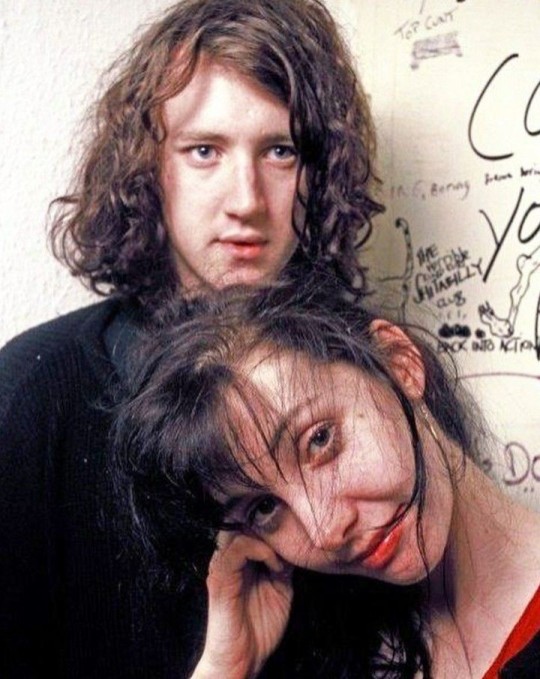
Kevin Shields & Bilinda Butcher of My Bloody Valentine, photographer unlisted.
#my bloody valentine#kevin shields#bilinda butcher#shoegaze#dream pop#noise pop#noise rock#photography#rock photography
655 notes
·
View notes
Text


My Bloody Valentine (1991)
#my bloody valentine#90s bands#90s music#shoegaze#bilinda butcher#kevin shields#colm ó cíosóig#debbie googe#90s fashion#1990s#1991
68 notes
·
View notes
Text
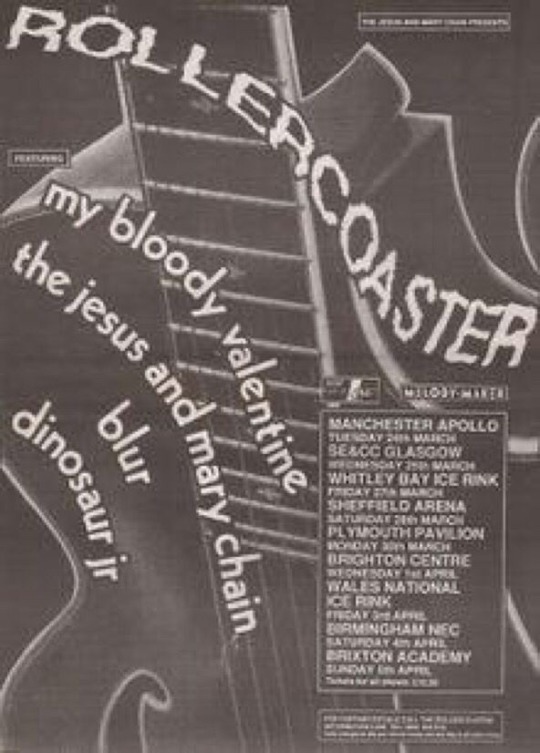
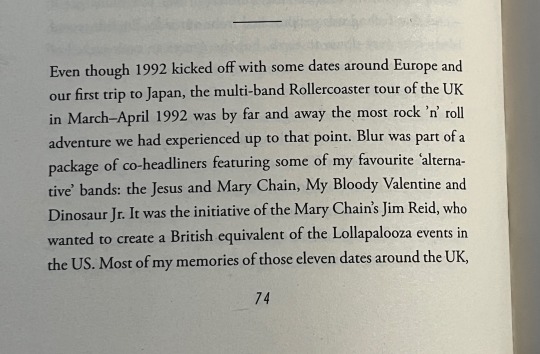
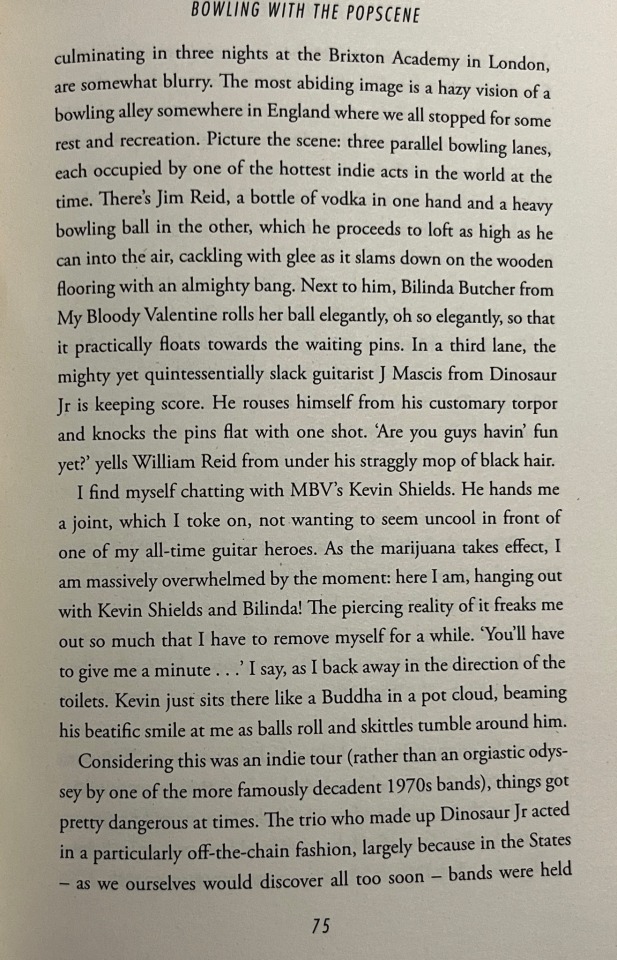

Rollercoaster Tour in 1992
–Graham Coxon in VERSE, CHORUS, MONSTER!
#blur#blur band#my bloody valentine#the jesus and mary chain#dinosaur jr.#damon albarn#graham coxon#j mascis#kevin shields#bilinda butcher#jim reid#Damon what r u doing😭
36 notes
·
View notes
Text

Happy 61st, Kevin Shields.
67 notes
·
View notes
Text






Select Magazine February 1992/My Bloody Valentine
if you like my scans and want to help out you can do so here I'm currently trying to raise around $100 to buy a better scanner any help is appreciated!
#my bloody valentine#Colm Ó Cíosóig#Bilinda Butcher#Debbie Googe#Kevin Shields#select magazine#90s#magazine scans#my scans
39 notes
·
View notes
Text
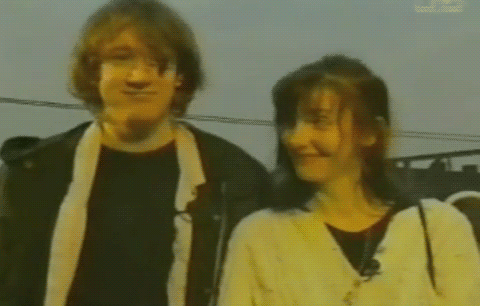
21 notes
·
View notes
Text
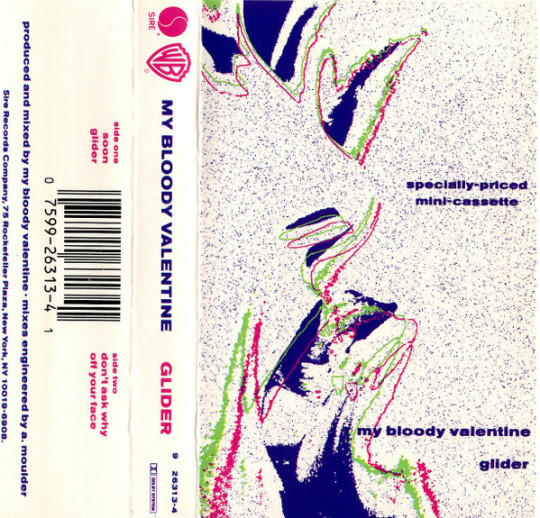
My Bloody Valentine - Glider (EP, 1990).
#MBV#My Bloody Valentine#Glider#Loveless#1990s#Shoegaze#Guitars#Alternative#Indie Rock#Cassettes#Albums#Music#Kevin Shields#Creation#Sire Records
203 notes
·
View notes
Text

Lost in Translation (2003, Sofia Coppola)
14/06/2024
#lost in translation#film#2003#sofia coppola#bill murray#scarlett johansson#tokyo#academy awards#Academy Award for Best Picture#Academy Award for Best Actor#Academy Award for Best Director#Academy Award for Best Original Screenplay#British Academy of Film and Television Arts#BAFTA Award for Best Actress in a Leading Role#new york city#valentine's day#the virgin suicides#wes anderson#Mitch Glazer#al pacino#Manny and Lo#humphrey bogart#howard hawks#brian reitzell#Emperor Norton Records#kevin shields#my bloody valentine#Sébastien Tellier#squarepusher#death in vegas
22 notes
·
View notes
Photo

1:01 AM EDT November 2, 2024:
Kevin Shields - "City Girl" From the Soundtrack album Lost in Translation (September 9, 2003)
Last song scrobbled from iTunes at Last.fm
--

10 notes
·
View notes
Text
12 notes
·
View notes
Text

17 notes
·
View notes
Text

Loveless by My Bloody Valentine is Bisexual!
requested by @semimortalslug
#request#album#loveless#bi#bisexual#my bloody valentine#Colm Ó Cíosóig#bilinda butcher#Debbie Googe#kevin shields#shoegaze#dream pop#noise pop#noise rock#avant rock#1991
37 notes
·
View notes
Text

Omega Radio for November 3, 2018; #180.
Holy Wave “California Took My Bobby Away”
Comet Gain “California”
Honeyrude “The Color Blue”
Nothing “The Carpenter’s Son”
Verano Del 83 “Llevame A Casa”
Night School “Unkind”
Death Bells “Perfect Skin”
Holydrug Couple, The “Waterfalls”
Plexi “Roller Rock Cam”
Seasurfer “We Run”
Single Lash “Felicia”
Brian Eno & Kevin Shields “Only One Away My Son”
Ringo Deathstarr “Chloe”
Papercuts “How To Quit Smoking”
Versus “Mirror Mirror”
Baked “A Hartlett Anthem”
Gatxs Monteses “Yo Quiero Escoger Por Mi”
Deafcult “Lemonade Beauty”
Deafheaven “Near”
Trautonist “Sunwalk”
Kindling “Destroy Yourself”
Jesu “Silver” (rehearsal)
Lovesliescrushing “Eishglinl”
Deluxe shoegaze, dreampop, and alternative.
#omega#music#playlists#mixtapes#shoegaze#dreampop#industrial#Holy Wave#Comet Gain#Nothing#Death Bells#Holydrug Couple#Plexi#Single Lash#Brian Eno#Kevin Shields#Ringo Deathstarr#Versus#Deafcult#Deafheaven#Jesu#Loveliescrushing
7 notes
·
View notes
Text

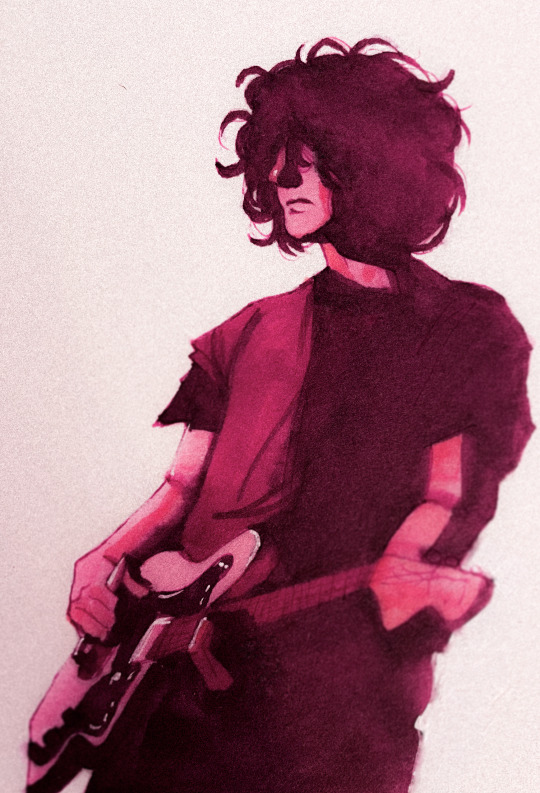
sketchbook doodles. pardon my shoegaze
#drawing instruments is so hard bro i gave up im sorry my guitars arent anatomically correct#my art#mbv#my bloody valentine#bilinda butcher#kevin shields#shoegaze
62 notes
·
View notes
Text

#spotify#mbv#my bloody valentine#rock music#alternative rock#alternative#rock n roll#music#playlist#now playing#song#loveless#90s#aesthetic#pink aesthetic#pink#90s music#nostalgia#album#band#1990s#dream pop#noise rock#shoegaze#kevin shields#rock#indie rock#nineties#song of the day#lastfm
7 notes
·
View notes
Text
youtube
4 notes
·
View notes